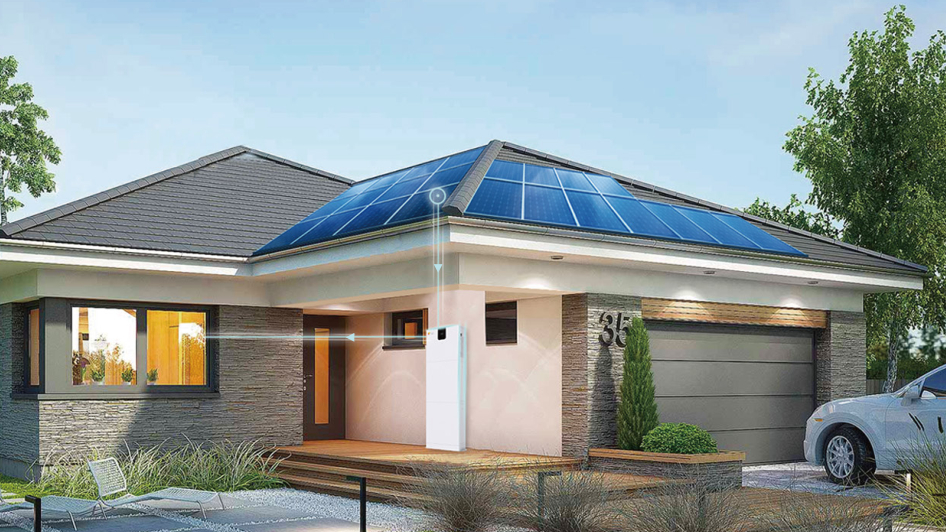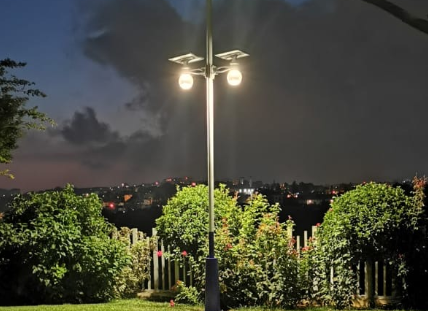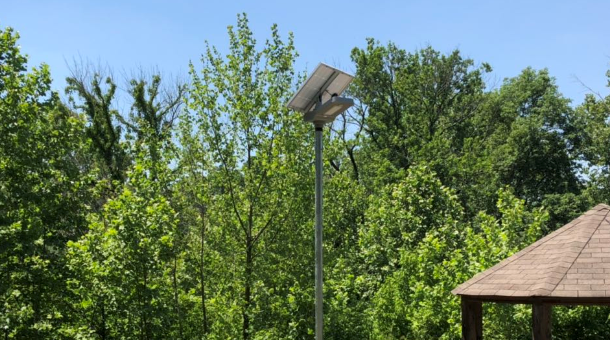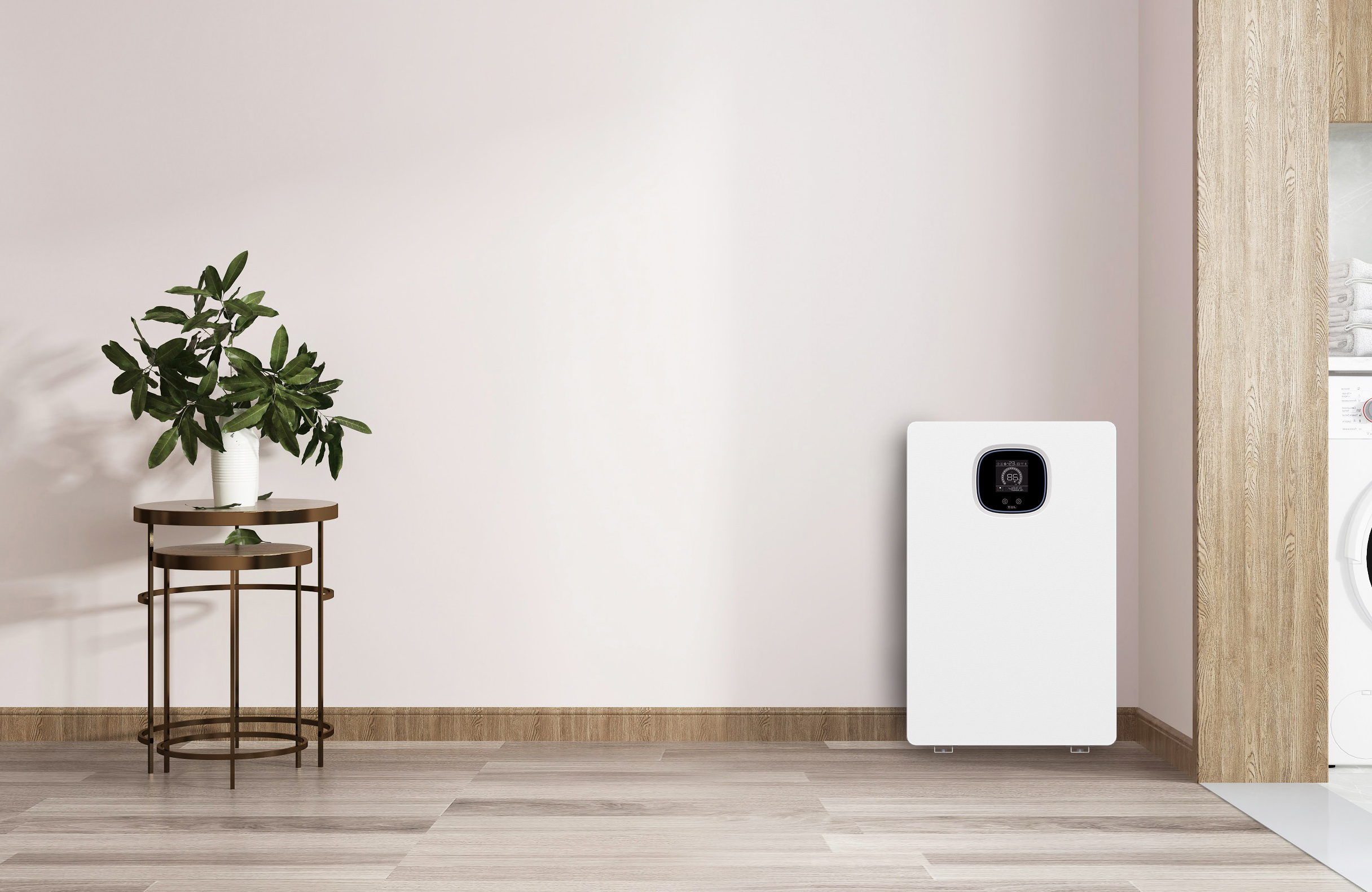Things You Need to Know about Solar Battery Installation
Generating clean, green energy for your home using solar panels helps you save money and reduce your environmental impact. Battery technology has developed rapidly in the last few years, giving more options to solar households connected to the grid to store their own energy in a solar battery. Solar battery can help you leverage the full potential of your solar panels.

The significant reduction in the cost of battery storage systems in recent years means that installing a solar battery is fast becoming a viable option for many households. This article covers the basics you need to know about solar battery installation.
What different types of batteries are available?
Lithium-Ion Battery
Home solar batteries made with lithium-ion are becoming a popular choice. Lithium-ion solar batteries are popular for their compact design, higher Depth of Discharge rating, and extended lifespan compared to lead-acid batteries. Lithium-ion technology has been used for many years in portable devices, including in laptops and mobile phones. Because of these benefits, lithium-ion batteries are typically more expensive than other solar battery types, but this initial investment can pay off over time. Due to falling costs and increased production, they can now be manufactured in larger sizes and are well-suited to storing solar power.
Lead-Acid Battery
Lead-acid batteries are similar to the battery type found in most gas-powered vehicles, and have been used for decades as solar storage options, though they are now typically used in more DIY storage solutions. Lead-acid batteries are significantly cheaper than other solar battery types, but they have a shorter lifespan and lower Depth of Discharge rating. Lead-acid batteries also have less capacity than lithium-ion batteries, so multiple batteries are usually connected together into a solar battery bank to provide enough storage, making the installation more complicated.
Where can I install a solar battery storage system?
Some battery storage systems can be wall mounted, others are floor standing and some are best located inside, while others should be installed outside. You may also choose to install multiple solar batteries to increase your storage capacity, in which case you will need extra storage space.
Lead-acid batteries tend to be physically larger than lithium batteries and are usually installed outside or in a utility room as they vent hydrogen when charged. Some batteries (usually lithium batteries) are designed to be wall mounted inside a utility room, which helps control their temperature.
If your battery is designed to be installed outside, it will come with a weatherproof enclosure, though you will still need to find a suitable place to install it. This will need to include access for electrical wiring, consider flooding/splashing of the enclosure, preferably be out of direct sunlight and not be adjacent to heat or ignition sources.
If your battery is installed inside, you may also need to consider ventilation. It is recommended that battery storage systems not be installed in a habitable room, like a living room or bedroom.
Tips for wiring your solar batteries
Besides, learning how to wire your solar battery is also important. The following are some general tips for wiring your solar system batteries.
1.Keep all connecting wires the same size and length wherever possible.
2.Try to avoid shorting solar batteries and be very careful when connecting them up.
3.Always maintain a gap between batteries to ensure adequate cooling.
4.Minimize dirt and debris around the battery house to avoid shorting and damage to batteries.
5.Place the solar battery bank and the inverter as close as practicable to keep things efficient.
6.Route your wires carefully to keep them as straight as possible and easily visible.
7.Use cable ties to secure wires regularly to maintain capacity and minimise electromagnetic interference.
Learning knowledge about solar battery installation saves you time and money and also assure the normal operation of solar battery storage system.
Related Articles:
Some Common Myths about Solar Panels
How to choose solar storage battery for your need?







